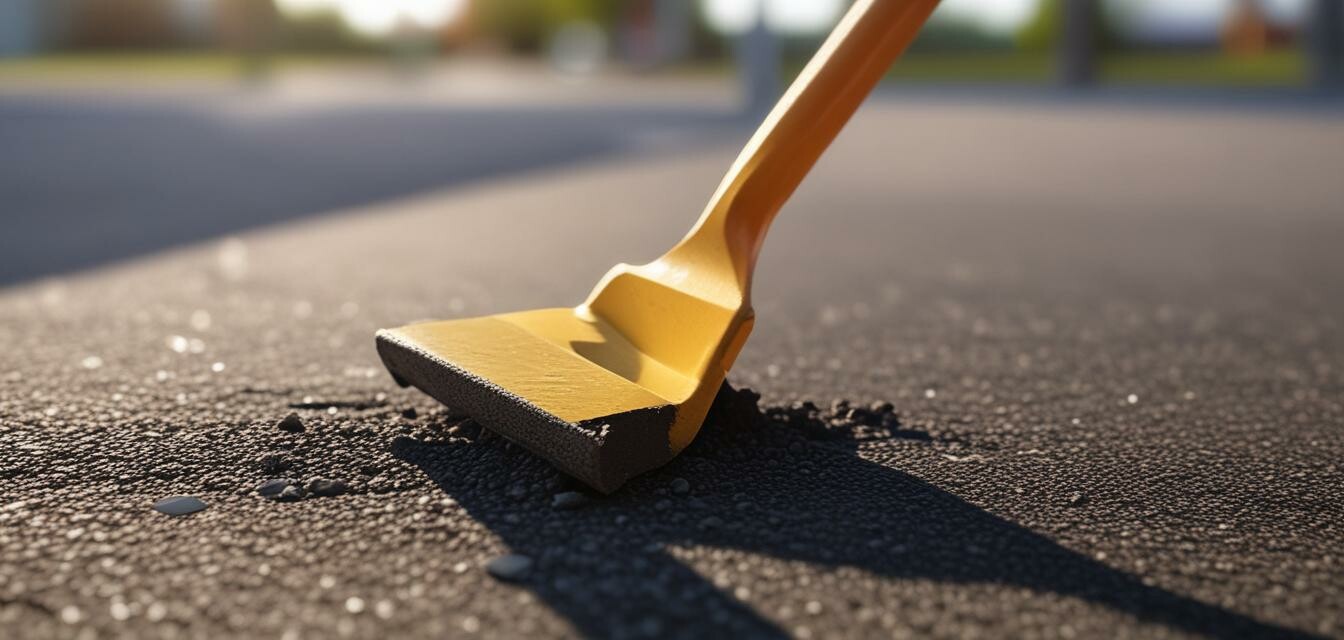
Fixing Low Spots in Asphalt: Solutions and Techniques
Key Takeaways
- Identifying low spots early prevents water pooling.
- Common methods include asphalt patching, milling, and overlaying.
- Proper preparation is key to ensuring lasting repairs.
- Utilizing the right tools and equipment can make the job easier and more effective.
- Regular maintenance can help avoid low spots from forming.
Low spots in asphalt surfaces can lead to water pooling, vehicle damage, and increased wear over time. Whether you're a property owner or a contractor, knowing how to identify and fix these issues can save time and money in the long run. This guide will cover effective techniques to repair low spots in asphalt and ensure your surfaces remain in great shape.
Understanding Low Spots in Asphalt
Low spots are areas of asphalt that are lower than the surrounding pavement, causing water to accumulate. Several factors can contribute to the formation of low spots, including:
- Heavy traffic loads
- Settlement of the underlying soil
- Poor installation practices
- Weather deterioration
Identifying Low Spots
Recognizing low spots is the first step in fixing them. Here are some signs to help you identify low areas in your asphalt surfaces:
- Visible depressions in the surface
- Pooling water after rainfall
- Cracking surrounding the low area
- Wear on tires of vehicles using the surface
Tools and Materials Needed
To effectively fix low spots in asphalt, gather the following tools and materials:
- Trowel or hand squeegee
- Asphalt patching material
- Compressor or compactor for tamping
- Measuring tape for accuracy
- Safety gear including gloves and goggles
Techniques for Fixing Low Spots
There are several techniques that can be deployed to fix low spots in asphalt, each suited for different conditions. Let's explore some of these solutions:
1. Asphalt Patching
This is one of the most straightforward solutions for fixing low spots:
- Clean the area around the low spot to remove debris and dirt.
- Put down a layer of asphalt patching material.
- Use a trowel to spread and smooth the material evenly.
- Compact the patch with a compactor or hand tool.
2. Asphalt Overlay
For larger areas with multiple low spots, an asphalt overlay may be a better solution:
- Prepare the existing surface by cleaning and repairing any cracks.
- Lay down a new layer of asphalt over the entire area.
- Smooth the surface with a roller or other compaction equipment.
3. Milling
This method involves grinding down the low areas before applying the patching material:
- Mill away the low sections to create a uniform level.
- Clean the area to remove any debris left from milling.
- Apply asphalt patching material as needed to even out the surface.
Preventing Future Low Spots
To keep your asphalt surfaces in the best condition, consider the following preventive measures:
- Invest in high-quality asphalt mix and installation practices.
- Regularly check for signs of wear and address issues quickly.
- Ensure proper drainage to prevent water accumulation.
- Conduct routine maintenance on a schedule.
When to Seek Professional Help
If the low spots are extensive or if you're uncertain about performing repairs, it is advisable to contact a professional. They can offer expert evaluations and implement solutions tailored to your situation.
For more detailed methodologies and insights into maintaining your asphalt surfaces, check out our resources on asphalt mixes and additives or explore our buying guides for asphalt paving tools and supplies.
Pros
- Simple methods for DIY enthusiasts to tackle low spots.
- Cost-effective solutions can save on larger repairs.
- Improves the aesthetic and functional quality of your asphalt.
Cons
- Some methods may require specialized equipment.
- Potential for recurring issues if the underlying cause isn't addressed.
- Takes time to complete properly; rushing can lead to poor results.
Tips for Beginners
- Start with smaller projects to build confidence.
- Always wear safety gear while working with asphalt.
- Follow manufacturer instructions for asphalt patching products.
Conclusion
Fixing low spots in asphalt is crucial for maintaining the integrity of your surfaces. By employing the correct techniques and preventive measures, you can ensure your asphalt remains durable and functional for many years. Don’t underestimate the importance of regular inspections and maintenance to keep your surfaces in great condition. Need more guidance? Check out our instructional guides and enhance your asphalt paving skills.

